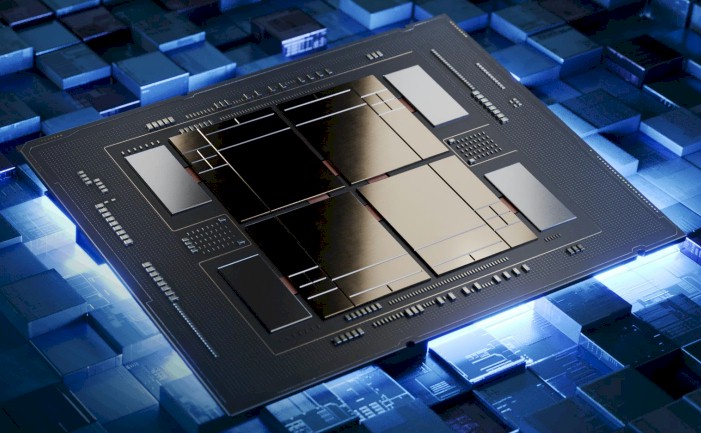Way too general for me to really directly reply to.You can look at things from different angles and say Intel TAM is higher than TSMC. Well GloFlo TAM is the same as TSMC but there is a big difference in ability to actually seize that.
Personally I think it’s not just a matter of Intel having the wrong products. They have the wrong business model, and having the wrong products is an outcome of having the the wrong business model.
But, I'd argue GF doesn't have the same TAM as TSMC, since they aren't a leading edge fab anymore.
But, because something isn't 100% of the picture doesn't mean it isn't relevant. Intel having more ways to make money is a positive, but it surely doesn't mean they will. My big problem is the valuations. Is TSMC worth 4x Intel? In my book, not even close. TSMC is doing well, but that's already priced into their stock. If they were valued lower, yeah, they'd be more interesting.
I'd argue Intel has a perfect business model, finally. As fabs got more expensive, using them in-house only became less viable, and now they finally are making a real effort. Their prior leadership, particularly Krzanich, was atrocious. He missed every opportunity, and jumped and wasted money on things that weren't.
TSMC is in for a real fight, against a competitor that can do things they can't. Intel has IP that can be used for their fab customers, and their logic is best in class. TSMC doesn't have that. TSMC does what they do very well, currently better than Intel, overall, but that's hardly guaranteed going forward. Imagine being able to go to a fab and pick up blocks of IP and use them to develop your processor. It's going to save a lot of development costs and time. And Intel's processors have the best single-threaded performance, overall, so it's not like they're getting low grade stuff.
Where they run into trouble is, Intel will be competing against its own customers. Will AMD want to use Intel processes? Doubtful. So, there's plusses and minuses, but a company having their own fabs is a huge benefit, just not always.
But, let's see how it plays out. Nothing is certain. AMD's quarter will tell us something, and a year from now, we'll know a lot more, although by no means everything, since their fabs are going to take a long time to really get momentum. I see a really good future for them, but I don't pretend to have a crystal ball.


